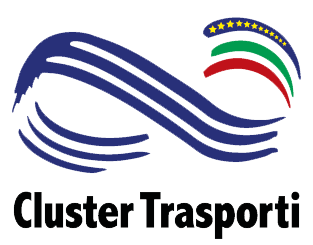Investing in tomorrow’s mobility: Ennio Cascetta’s speech on Sole 24Ore

Published 26 October 2021
Capital, research and production activities: this is what Italy should put in place to take on a leading role in the transport revolution that is happening globally, as stated by Ennio Cascetta, President of the National Transport Technology Cluster in a recent article for the “Sole 24Ore” newspaper. We are living in the “seventh transport revolution”, Cascetta explained, and it is legitimate to ask ourselves which role our country will play, especially in light of the possibilities offered by the National Recovery and Resilience Plan (PNRR). The map drawn by the president of the Cluster highlights the need to identify the Italian interest in the European one, to define competitive industrial sectors and research centers in which to invest, in order to participate as protagonists in this revolution.
The six transport revolutions preceding the current one were inspired by a guiding element, a technological innovation that concerned the energy source (animal traction, sailing, steam traction, internal combustion traction) in other cases the technology of motion (the wheel) or transfer (container logistics), Cascetta explains. Today the world of transport is undergoing new radical transformations thanks to potentially disruptive innovations that profoundly change the face of mobility on a global level with autonomous driving systems, connected vehicles, new energy sources, but also thanks to new production models of services aimed at the user (mobility as a service).
“The combination of these innovations will certainly have the characteristics of a revolution, the seventh in fact – adds Cascetta – but based on the heterogenesis of the goals and the superadditivity found in previous revolutions, we should think that the combination of these and other innovations in progress could occur in forms of means of transport or organization of the same that today we do not even imagine. The implications are potentially enormous: just think about the impacts on urban functions and the cost of transport that would be possible to obtain by eliminating or reducing drivers and crews , or the possible reorganization of production or logistics if loading, unloading and transport of goods were automated “.
These transformations will have significant impacts on industry and all systems in the world are investing in this sense: despite having lost important parts of the national automotive and railway industry, Italy can still count on competitive systems, which is why Cascetta asks to aim for “A joint investment of productive activities and research on the mobility of 2050”– a project “in line with a vision of the country to be left to the next generation”.


